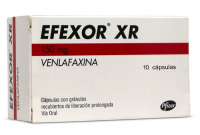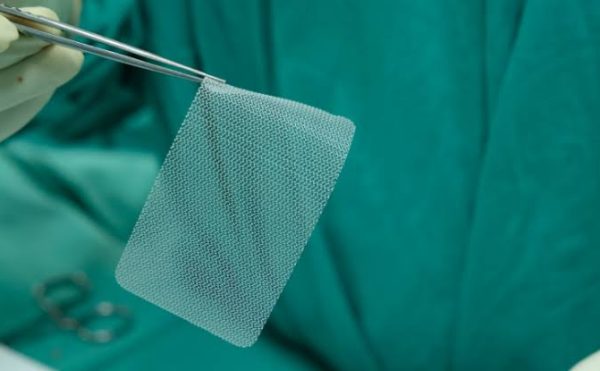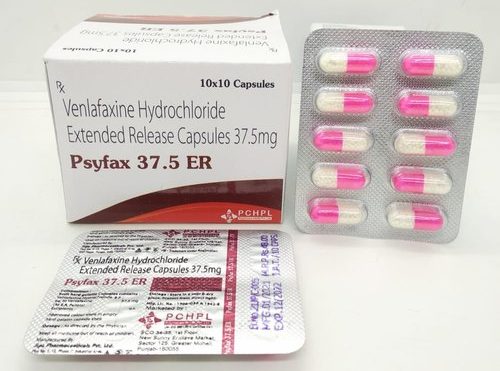3 min read
IUD (Intra Uterine Device) is a small flexible device for birth control that your healthcare professionals insert into the uterus for 3 to 12 years. Almost all types of birth control have the potential to cause side effects during or after installation, and the Kyleena IUD is no exception. Do you want to know the side effects of Kyleena removal?
Some women suppose the side effects are mild and barely noticeable. Others, however, report they experience severe and long-lasting symptoms. They say these effects persist for months to years after the IUD is removed. Read on to find out deeper insight!
4 Reasons to Remove Kyleena
There is no denying that the IUD is a very popular “set it and forget it” birth control device for many people. However, at some point, some people are eager to get it removed before it’s time. Here are some reasons why you might choose to remove Kyleena early.
1. Pain and Cramps
Mild pain and cramping after IUD insertion are very normal side effects. Yet, severe pelvic pain that lasts for months requires serious attention. You should consult with your healthcare professionals to determine why you are experiencing pain and do you should remove your contraceptive device.
In most cases, victims of the worst side effects of Kyleena removal suffer from the following pain and symptoms:
- severe pain including perforation (the birth control device pierces the uterine wall);
- pelvic inflammatory disease (bacterial infection of the reproductive organs); and
- the birth control device shifting/moving.
A study published in the journal American Family Physician in 2014 proved that IUDs do not cause pelvic inflammatory disease. Still, if you have a sexually transmitted infection at the time of insertion, your risk of this disease increases.
2. Kyleena Shifted or Moved
This spiral contraceptive can shift or move little by little after installation. What’s more, it comes out without you realizing it. Although this case is not very common in the side effects of Kyleena removal, you may experience it.
That’s why you should make a regular appointment with your healthcare professionals to make sure the Kyleena is still in place. If at any point you cannot feel the strings, you and your healthcare professionals may decide to take action to remove Kyleena.
3. Change a New One
After several routine checkups and gaining an understanding of the side effects of Kyleena removal, you may settle to change to another birth control method. Moreover, IUD replacement may occur when your healthcare professionals recommend a different one for health reasons.
The good news is you have a bunch of options. You are allowed to change your current IUD to whatever type and brand you want. For example, if you use Kyleena and you want to try Liletta. Your healthcare professionals can remove your Kyleena and insert Liletta in the same medical visit.
4. Planning to Get Pregnant
If you are removing Kyleena because you are planning a pregnancy shortly, you can remove it in a quick and easy process. About 7 out of 10 women get pregnant straight away in the first year after Kyleena is removed. For that reason, prepare your IUD removal plan carefully.
Side Effects of Kyleena Removal
If you have decided to remove Kyleena for any of the reasons above, your healthcare professional may do so during a routine visit. Some people with levonorgestrel-releasing IUDs, which include Skyla, Kyleena, Liletta, and Mirena, report a variety of symptoms after removal, including:
- pain;
- bleeding;
- feeling faint or passing out;
- seizure in patients with epilepsy;
- weight gain;
- mood swings;
- menstrual cycle changes;
- anxiety;
- fatigue; and
- headaches.
You may also have other side effects of Kyleena removal, like some cramping or a small amount of vaginal bleeding for several hours to days. You can use sanitary pads, tampons, or menstrual cups until the bleeding stops. Your menstrual cycle will return to normal in approximately 3 months.
All brands of hormone-releasing IUDs have these side effects, although it is most commonly found in Mirena users. Many people are calling it a “Mirena crash”. To date, there is no research on this phenomenon because symptoms should gradually disappear as hormone levels return to normal.
Dangerous Signs After Kyleena Removal
Although the side effects of Kyleena removal above are not dangerous for your health, there is a possibility that problems may occur. You should contact your healthcare professional if you experience any of the following problems:
- fever over 101 degrees Fahrenheit;
- pain and cramps that are not relieved by over-the-counter pain medications;
- vaginal bleeding heavier than usual;
- foul-smelling vaginal discharge; and
- painful intercourse.
The Right Time to Remove Kyleena
Kyleena tends to expire after five years of use. According to Kameelah Philips, MD, an obstetrician-gynecologist at Calla Women’s Health, there is little flexibility regarding the IUD removal schedule. Therefore, you should not delay your appointment for more than a few weeks without consulting your healthcare professionals.
The risk of delaying beyond the recommended time frame can cause some dangerous side effects of Kyleena removal. For example, irregular bleeding, challenges with removal, and increased chances of pregnancy. Therefore, you should immediately schedule IUD removal during your menstrual cycle.
Preparation Before the Procedure
You do not need to do anything before the removal procedure is carried out. Taking Kyleena out is actually less painful than putting it in.
Your healthcare professionals might suggest that you avoid intercourse for at least a week before your IUD removal appointment. This is simply to prevent unwanted pregnancy right after Kyleena is removed (if you do now want to wear an IUD anymore).
Before you go to the clinic or hospital, you should take an over-the-counter pain reliever, such as Motrin or Tylenol. They can reduce the pain you may feel during the removal process and reduce the risk of injury afterward.
What Can You Do to Manage the Side Effects of Kyleena Removal?
Removing the IUD usually does not require a complicated procedure and is relatively painless. Yet, you should make preparations to prevent the serious side effects of Kyleena removal.
To treat symptoms, consult your healthcare professionals. Correspondingly, the physician can recommend options to relieve your symptoms. They will determine whether you should keep using Kyleena as well. Your fertility returns to normal soon, so it’s important to choose another birth control method when you need it.
Bagikan










